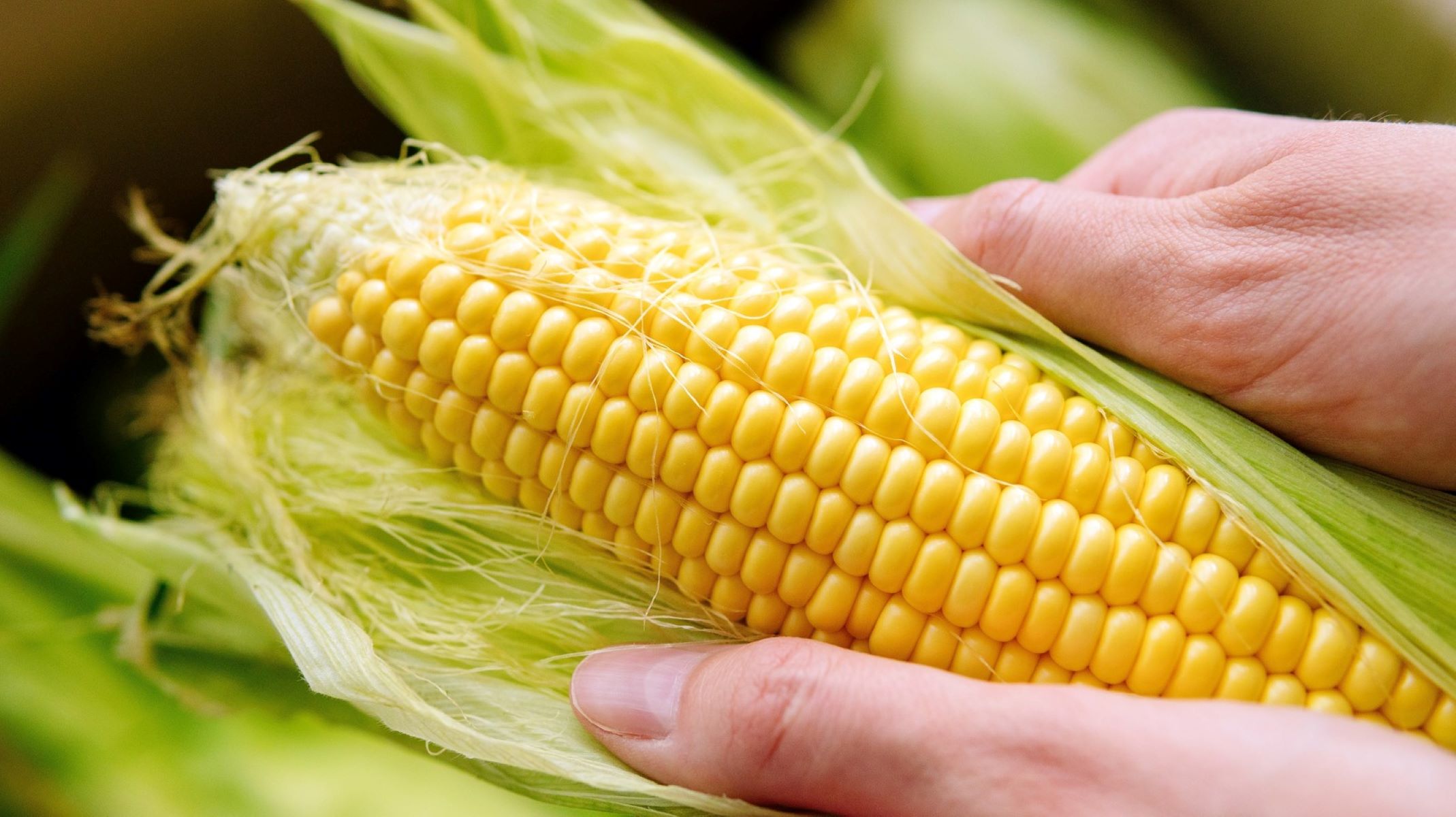

Articles
How To Store Sweet Corn Without Fridge
Modified: August 22, 2024
Learn how to store sweet corn without a fridge in this informative article. Find out the best methods to keep your corn fresh and delicious for longer.
(Many of the links in this article redirect to a specific reviewed product. Your purchase of these products through affiliate links helps to generate commission for Storables.com, at no extra cost. Learn more)
Introduction
When it comes to preserving the freshness and flavor of sweet corn, most people rely on refrigeration. However, there are situations where storing sweet corn without a fridge becomes necessary. Whether you’re camping in the wilderness, experiencing a power outage, or simply don’t have access to a refrigerator, it’s important to know alternative methods for preserving this delicious summer staple.
In this article, we will explore why storing sweet corn without a fridge is possible and provide you with various methods to successfully store sweet corn without compromising its taste and texture. We will also share some valuable tips to ensure your sweet corn stays fresh and delicious for longer periods.
So, if you’re ready to learn how to store sweet corn without a fridge, let’s dive in!
Key Takeaways:
- Preserve sweet corn without a fridge using blanching and freezing, canning, drying, or root cellar storage. Proper preparation and careful handling ensure long-lasting freshness and flavor.
- Select ripe corn, handle with care, and store in a cool, dark place. Use alternative methods like blanching and freezing, canning, drying, or root cellar storage for long-term preservation.
Read more: How To Store Corn On The Cob Without Husk
Why Store Sweet Corn Without a Fridge?
Storing sweet corn without a fridge may seem unconventional, but there are several reasons why you might consider doing so:
- Limited access to electricity: In some situations, such as camping trips or living in remote areas, access to electricity and refrigeration may be limited or non-existent.
- Power outages: During power outages, the refrigerator may not be functional, and you need alternative methods to preserve your sweet corn.
- Preserving flavor and texture: Refrigeration can alter the texture and flavor of sweet corn over time. By using alternative methods, you can retain the natural taste and crispness of the corn for longer periods.
- Environmentally-friendly options: Using alternative methods for preserving sweet corn can help reduce energy consumption and reliance on electricity, making it a more sustainable choice.
By considering these factors, you can make an informed decision about storing sweet corn without a fridge and explore alternative methods that suit your needs.
Choosing the Right Sweet Corn
When it comes to storing sweet corn without a fridge, it’s important to start with the right corn. Here are some tips on choosing the best sweet corn for storage:
- Freshness: Select sweet corn that is fresh and at its peak ripeness. Look for kernels that are plump and evenly colored.
- Variety: Different varieties of sweet corn have different characteristics. Some are better suited for storage than others. Opt for varieties that are known for their storage qualities.
- Harvest time: Ideally, harvest sweet corn early in the morning when the temperatures are cooler. This helps to preserve its sweetness and freshness.
- Field conditions: Consider the field conditions where the corn was grown. Avoid corn that has been exposed to excessive heat or moisture, as it may already be compromised.
- Health and quality: Inspect each ear of corn for any signs of damage or disease. Choose corn with healthy husks and kernels.
By selecting the right sweet corn, you set the foundation for successful storage without a fridge. The quality and freshness of the corn will greatly impact its shelf life and the overall enjoyment of the preserved corn later on.
Preparing Sweet Corn for Storage
Before storing sweet corn without a fridge, it’s essential to properly prepare the corn to ensure its longevity and quality. Here are the steps to follow:
- Harvest at the right time: Harvest sweet corn when it is fully ripe. Look for ears with plump kernels and a milky texture. Avoid over-mature corn as it may not store well.
- Husk and remove silk: Peel back the husks and remove the silk from each ear of corn. Make sure to remove all the silk as it can lead to spoilage if left on during storage.
- Inspect for pests and damage: Check each ear for any signs of pests or damage. Discard any corn that appears to be infested or damaged beyond salvage.
- Cleanse and rinse: Rinse the ears of corn with water to remove any dirt or debris that may be present. Cleaning the corn will help prevent any potential contamination during storage.
- Trim the ends: Trim off the ends of each ear of corn to remove any damaged or wilted kernels. This will help maintain the overall quality of the corn during storage.
- Slice or leave whole: Depending on your preferred storage method, you may choose to slice the kernels off the cob or leave the corn intact. Consider the intended use of the corn when making this decision.
By following these preparation steps, you ensure that your sweet corn is ready for storage without a fridge. Properly preparing the corn sets the stage for successful preservation and extends its shelf life.
Storing Sweet Corn Without a Fridge
Now that you have prepared your sweet corn, it’s time to explore various methods for storing it without a fridge. Here are four effective methods:
Read more: How To Store Kimchi Without Fridge
Method 1: Blanching and Freezing Sweet Corn
Blanching and freezing sweet corn is a popular method for long-term storage. Here’s how to do it:
- Bring a large pot of water to a boil and blanch the corn cobs for about 4-6 minutes.
- Remove the corn from the boiling water and immediately transfer them to an ice bath to stop the cooking process.
- Once cooled, drain the corn and pat them dry.
- Using a sharp knife, carefully cut the kernels off the cob.
- Place the kernels in airtight freezer bags or containers, removing as much air as possible.
- Label the bags with the date and store them in the freezer for up to 10-12 months.
Method 2: Canning Sweet Corn
Canning sweet corn allows for long-term storage without the need for a fridge. Here’s how to can sweet corn:
- Shuck the corn and remove the silk.
- Blanch the corn cobs in boiling water for 3-4 minutes.
- Remove the corn from the boiling water and transfer them to an ice bath.
- Once cooled, drain the corn and cut the kernels off the cob.
- Place the kernels in sterilized canning jars and add boiling water, leaving about 1 inch of headspace.
- Seal the jars with lids and rings.
- Process the jars in a pressure canner according to the manufacturer’s instructions.
- Allow the jars to cool and check the seals before storing them in a cool, dark place.
Method 3: Drying Sweet Corn
Drying sweet corn is a simple and effective way to preserve it without a fridge. Here’s how to dry sweet corn:
- Shuck the corn and remove the silk.
- Blanch the corn cobs in boiling water for 3-4 minutes.
- Remove the corn from the boiling water and transfer them to an ice bath.
- Once cooled, drain the corn and cut the kernels off the cob.
- Spread the corn kernels in a single layer on dehydrator trays or baking sheets lined with parchment paper.
- Set the dehydrator temperature to 135°F (57°C) or preheat your oven to the lowest temperature.
- Dry the corn for 8-12 hours in a dehydrator or in the oven with the door slightly ajar.
- Once completely dry and crispy, store the corn kernels in airtight containers in a cool, dry place.
Method 4: Using a Root Cellar or Basement Storage
If you have access to a root cellar or a cool basement, you can store sweet corn in its natural form without the need for any additional processing. Here’s how:
- Choose a cool and dark storage area, such as a root cellar or basement.
- Wrap each ear of corn with a damp cloth or newspaper to help retain moisture.
- Place the wrapped corn in baskets or mesh bags, ensuring proper airflow.
- Store the corn away from direct sunlight in a cool environment with temperatures between 45-55°F (7-13°C).
- Check the corn regularly for any signs of spoilage and discard any affected ears.
These methods provide effective ways to store sweet corn without a fridge, allowing you to enjoy its freshness and flavor for extended periods.
Read more: How To Store Food Without A Fridge
Method 1: Blanching and Freezing Sweet Corn
Blanching and freezing sweet corn is a popular method for long-term storage. By blanching the corn, you halt enzyme activity that can cause flavor and texture deterioration over time. Freezing the corn after blanching locks in its freshness. Here’s how to blanch and freeze sweet corn:
- Boil the Corn: Bring a large pot of water to a rolling boil. Meanwhile, shuck the corn and remove the silk.
- Blanching Time: Once the water is boiling, carefully lower the corn cobs into the pot. Blanch small ears for 4 minutes, medium-sized ears for 6 minutes, and large ears for 8 minutes.
- Ice Bath: Use tongs or a slotted spoon to transfer the blanched corn immediately into a large bowl filled with ice water. This stops the cooking process and cools the corn quickly.
- Drain and Dry: Once the corn is cool, remove it from the ice bath and let it drain completely. Pat it dry with a clean kitchen towel or paper towels.
- Cutting the Kernels: Place an ear of corn on a cutting board, holding it vertically. Use a sharp knife to slice downwards, cutting off the kernels. Repeat for all the ears of corn.
- Freezing: Line a baking sheet with parchment paper and spread the corn kernels in a single layer. Place the baking sheet in the freezer and let the kernels freeze for about 2-3 hours, or until they are hard and individually frozen.
- Packaging: Once the corn kernels are frozen, transfer them to freezer-safe bags or containers. Squeeze out as much air as possible before sealing to minimize freezer burn. Label the bags with the date and portion size.
- Storage: Place the bags of sweet corn in the freezer, ensuring they are stored upright to save space. The frozen sweet corn can be stored for up to 10-12 months.
When you’re ready to use the frozen sweet corn, simply remove the desired portion from the freezer and thaw it in the fridge overnight or use it directly in your favorite recipes. Blanching and freezing sweet corn is a reliable method to preserve its flavor and texture for enjoying all year-round.
Method 2: Canning Sweet Corn
Canning sweet corn is an excellent method for long-term storage, allowing you to enjoy the taste of freshly harvested corn even during off-seasons. Canned sweet corn is versatile and can be used in a variety of dishes. Here’s how to can sweet corn:
- Prepare the Corn: Shuck the corn and remove the silk. Cut the kernels off the cob, either with a sharp knife or a corn stripper tool.
- Blanch the Corn: Fill a large pot with water and bring it to a boil. Blanch the corn kernels for about 3-4 minutes. This helps retain the corn’s color, flavor, and texture.
- Ice Bath: Transfer the blanched corn kernels into a large bowl filled with ice water. Let them cool for a few minutes to stop the cooking process.
- Prepare the Jars: While the corn is cooling, sterilize your canning jars, lids, and rims. Place the jars in boiling water for a few minutes to sterilize them.
- Fill the Jars: Once the jars are sterilized, remove them from the water and carefully fill them with the cooled corn kernels. Leave headspace of about 1 inch (2.5 cm) at the top of each jar.
- Add Liquid: Pour boiling water or a light sugar syrup (optional) into the jars, covering the corn kernels. Leave ½ inch (1.3 cm) of headspace to allow for expansion during processing.
- Seal the Jars: Wipe the jar rims clean to ensure a good seal. Place the lids and screw on the bands fingertip-tight. Do not overtighten.
- Process the Jars: Place the filled and sealed jars in a pressure canner. Follow the manufacturer’s instructions to process the cans at the proper pressure and duration according to your altitude.
- Cool and Store: Once the processing time is complete, turn off the heat and allow the canner to cool naturally. Once cool, carefully remove the jars and place them on a towel. Let them cool completely before checking the seals.
- Label and Store: After confirming that the jars have sealed properly, label them with the date and store them in a cool, dark place. Canned sweet corn can be stored for up to 1-2 years.
Canned sweet corn is a convenient option for those who prefer a ready-to-use storage method. It retains the natural sweetness and flavor of fresh corn, making it a versatile ingredient for various recipes throughout the year.
Method 3: Drying Sweet Corn
Drying sweet corn is a simple yet effective method for preserving its flavors and extending its shelf life. Dried corn can be used in soups, stews, or ground into cornmeal for baking. Here’s how to dry sweet corn:
- Preparation: Shuck the corn and remove the silk. Blanch the corn cobs in boiling water for about 3-4 minutes. This helps retain the corn’s color and flavor.
- Cool and Dry: After blanching, transfer the corn cobs to an ice bath to cool them down quickly. Once cooled, pat the corn dry with paper towels or a clean kitchen towel.
- Remove the Kernels: Stand the corn cob upright on a cutting board. Use a sharp knife to carefully slice the kernels off the cob, cutting as close to the cob as possible.
- Spread on Dehydrator Trays or Baking Sheets: Lay the corn kernels out in a single layer on dehydrator trays or baking sheets lined with parchment paper. Make sure the kernels are evenly spaced and not touching each other.
- Dehydration: Set your dehydrator to 135°F (57°C) or the lowest temperature available. If using an oven, set it to the lowest temperature, and prop the door open slightly to allow moisture to escape. Dry the corn kernels for 8-12 hours until they are fully dried and crispy.
- Cool and Store: Once the corn kernels are completely dry, remove them from the dehydrator or oven and let them cool completely. Check for any remaining moisture or softness before storing.
- Storage: Transfer the dried corn kernels to airtight containers such as glass jars or zip-top bags. Store them in a cool, dry place away from direct sunlight.
- Rehydration before Use: Before using the dried corn, rehydrate it by soaking it in water for a few hours or simmering it in a liquid until tender. This will restore some of its moisture and bring back its natural texture.
Dried sweet corn adds a unique flavor and texture to your culinary creations. With the right storage conditions, dried corn can last for several months, ensuring that you can enjoy the taste of summer corn even during the winter months.
To store sweet corn without a fridge, keep it in a cool, dry place with good air circulation. Store it in the husk to help retain moisture and freshness. Use within 2-3 days for best flavor.
Method 4: Using a Root Cellar or Basement Storage
If you have access to a root cellar or a cool basement, you can store sweet corn in its natural form without the need for any additional processing. This method allows the corn to stay fresh and retain its flavor for a longer period. Here’s how to store sweet corn in a root cellar or basement:
- Choose an Ideal Storage Location: Select a cool, dark, and well-ventilated area in your root cellar or basement. The temperature should range between 45-55°F (7-13°C) for optimal corn storage.
- Prepare the Corn: Harvest the corn at peak ripeness. Remove the husks and silk, ensuring the ears are clean and free from any damage or pests.
- Wrap the Corn: Individually wrap each ear of corn with a damp cloth or newspaper. This helps to maintain moisture and prevent dehydration during storage.
- Arrange the Corn: Place the wrapped ears of corn in baskets, cardboard boxes, or mesh bags. Avoid stacking the corn too tightly to allow for proper air circulation.
- Monitor Regularly: Check the stored corn periodically for any signs of spoilage, such as mold or rot. Remove any affected ears immediately to prevent the spread of spoilage.
- Temperature and Humidity: Monitor the temperature and humidity levels in your root cellar or basement to ensure they remain within the optimal range. Adjust ventilation or use a hygrometer if necessary.
- Use First In, First Out (FIFO): To maximize freshness, consume the earliest harvested corn first. This ensures that you enjoy the corn at its peak flavor.
- Preserve for Long-Term Storage: If you have an abundance of corn, consider preserving it using other methods like canning, freezing, or drying to extend its shelf life further.
Storing sweet corn in a root cellar or basement allows you to enjoy the freshness of the corn for an extended period. The cool and dark environment helps slow down the ripening process and preserves the corn’s natural flavors, making it a great option for long-term storage without the need for additional processing.
Read more: How To Store Wine Without A Wine Fridge
Tips for Preserving Sweet Corn Without a Fridge
Preserving sweet corn without a fridge requires special attention to ensure the corn stays fresh and delicious. Here are some helpful tips to enhance the preservation process:
- Harvest at the right time: Harvest sweet corn when it is fully ripe. The kernels should be plump and juicy. Avoid over-ripe corn as it may not store well without refrigeration.
- Handle with care: Be gentle when handling the corn to avoid bruising or damaging the kernels. Any wounds or injuries can lead to spoilage during storage.
- Remove silk completely: Make sure to remove all the silk from the corn before storing it. Any remaining silk can trap moisture and promote mold growth.
- Keep corn dry: Moisture causes corn to spoil quickly. Make sure the corn is dry before storing it, as any residual moisture can lead to bacterial growth and spoilage.
- Store at the right temperature: Find a cool and dry location to store the corn, such as a root cellar or basement. The ideal temperature range is between 45-55°F (7-13°C) to slow down the deterioration process.
- Avoid exposure to sunlight: Keep the corn away from direct sunlight as it can cause the corn to dry out and lose its flavor. Store it in a dark area or cover it with a cloth or newspaper to protect it from light.
- Inspect regularly: Regularly check the stored corn for signs of mold, decay, or pest infestation. Remove any damaged ears promptly to prevent the spread of spoilage to the rest of the batch.
- Use proper packaging: Use airtight containers, freezer bags, or vacuum-sealed bags to store processed corn. This helps to maintain its freshness and protect it from contamination.
- Label and date: Properly label the containers with the date of storage to keep track of freshness. Use older corn first to avoid excessive waste.
- Consider other preservation methods: If you have a surplus of sweet corn, explore other preservation methods like freezing, canning, or drying to extend its shelf life even further.
By following these tips, you can successfully preserve sweet corn without a fridge and enjoy its fresh and delicious flavors throughout the year.
Conclusion
Preserving sweet corn without a fridge is quite possible with the right methods and techniques. Whether you find yourself in a situation without access to refrigeration or you simply want to explore alternative ways to store corn, the methods outlined in this article offer practical and effective solutions.
The key to successful corn storage lies in proper preparation and choosing the right preservation method that suits your needs. Blanching and freezing, canning, drying, or utilizing a root cellar or basement are all viable options for preserving sweet corn’s freshness, flavor, and texture.
By following the step-by-step instructions provided for each method, you can confidently store sweet corn without relying on a fridge. Additionally, incorporating the suggested tips will help ensure the corn stays fresh and delicious for longer periods.
Whether you’re enjoying the taste of summer during the winter months or finding alternative storage methods in off-grid situations, these strategies empower you to savor the sweetness of corn all year round.
So, the next time you find yourself with an abundance of sweet corn or without fridge access, you’ll be well-equipped to preserve this beloved summer staple and enjoy its flavors whenever you desire.
Now that you've mastered storing sweet corn without a fridge, why stop there? Dive into our next guide on best food storage methods for 2024, where you'll uncover the top food preservation strategies for the upcoming year. From practical tips to innovative solutions, this guide ensures your groceries remain fresh and tasty longer. Ready to up your food storage game? Check out our latest insights and make meal prep a breeze!
Frequently Asked Questions about How To Store Sweet Corn Without Fridge
Was this page helpful?
At Storables.com, we guarantee accurate and reliable information. Our content, validated by Expert Board Contributors, is crafted following stringent Editorial Policies. We're committed to providing you with well-researched, expert-backed insights for all your informational needs.
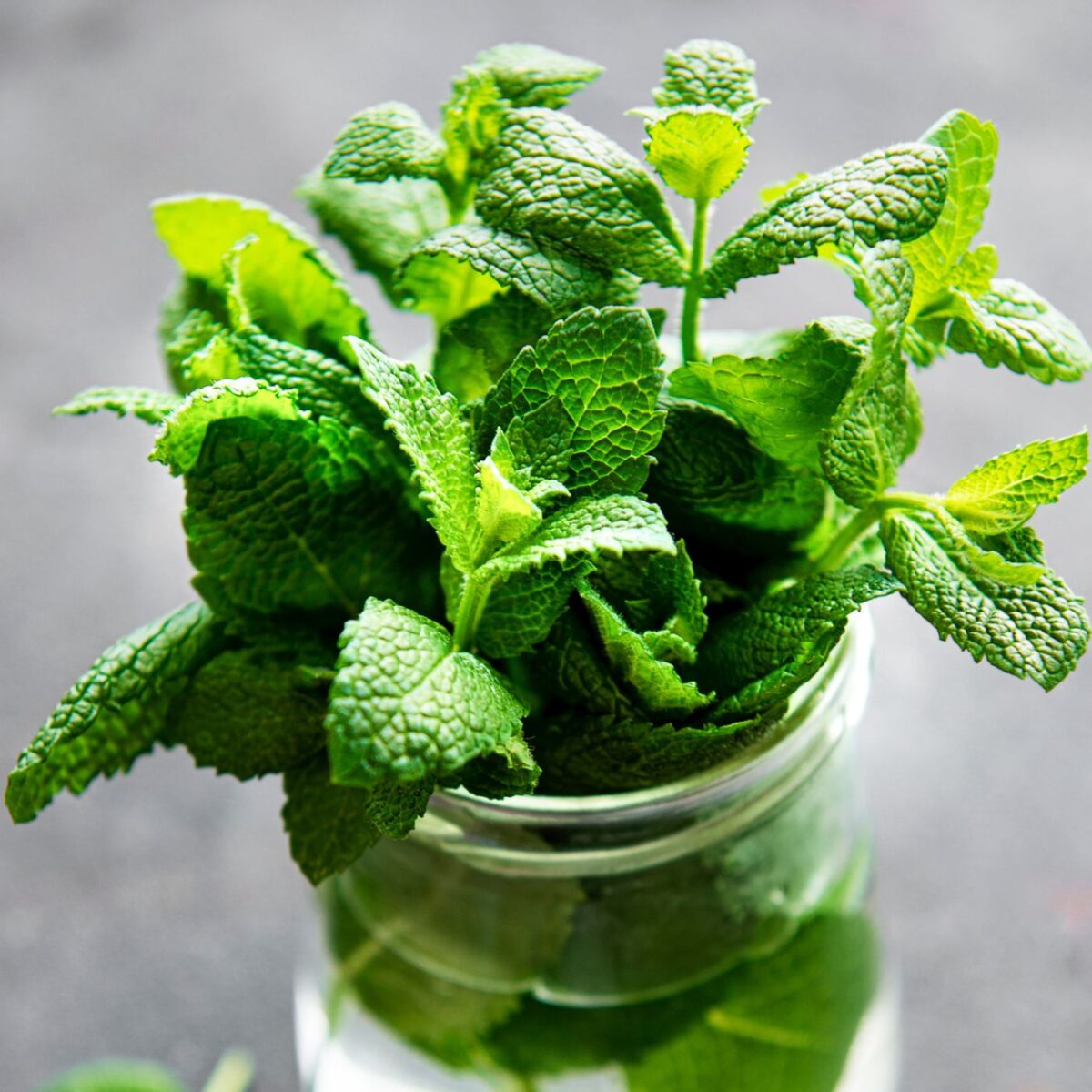
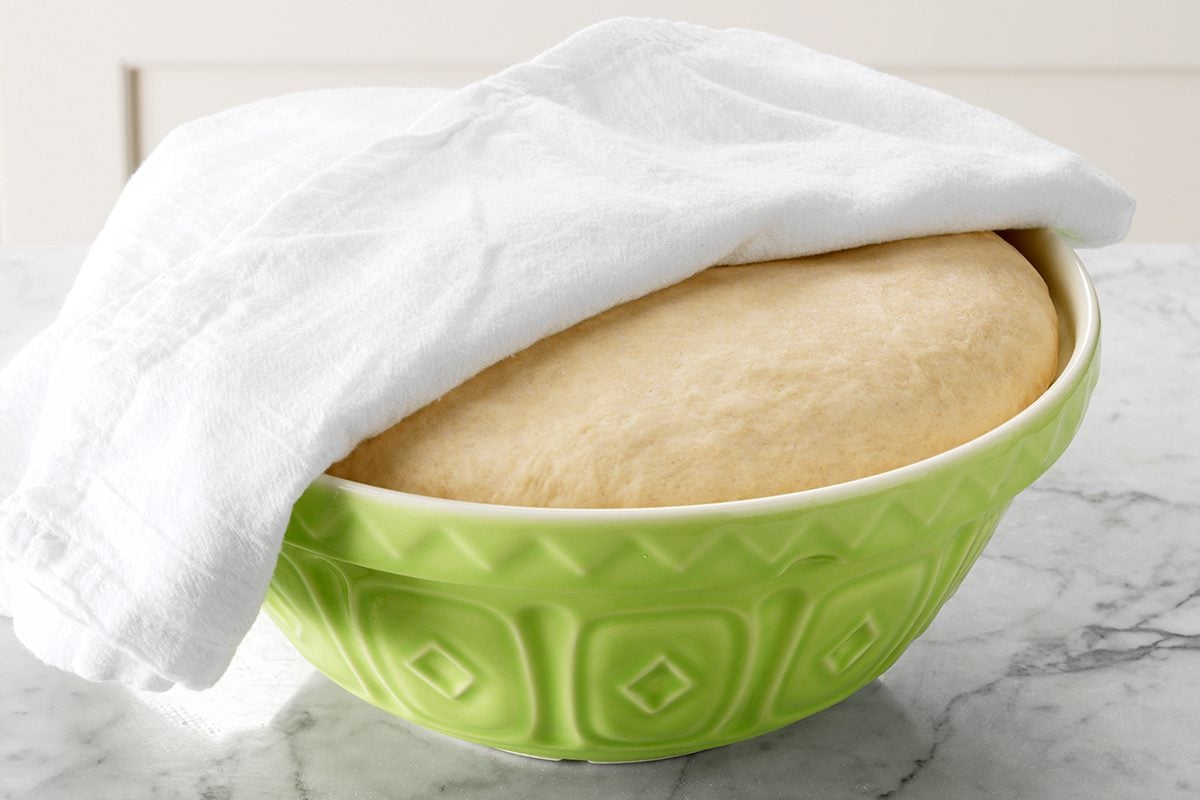
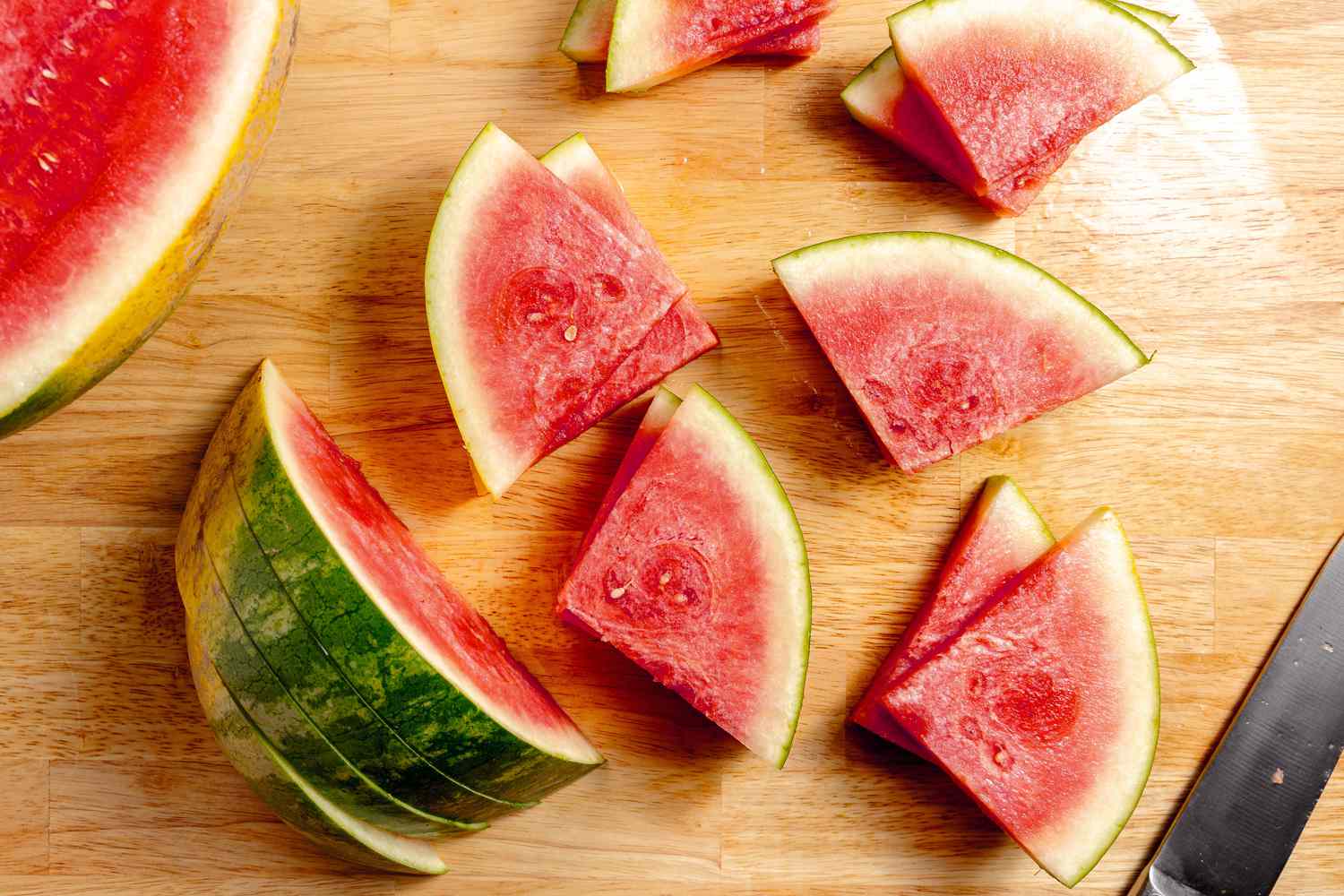
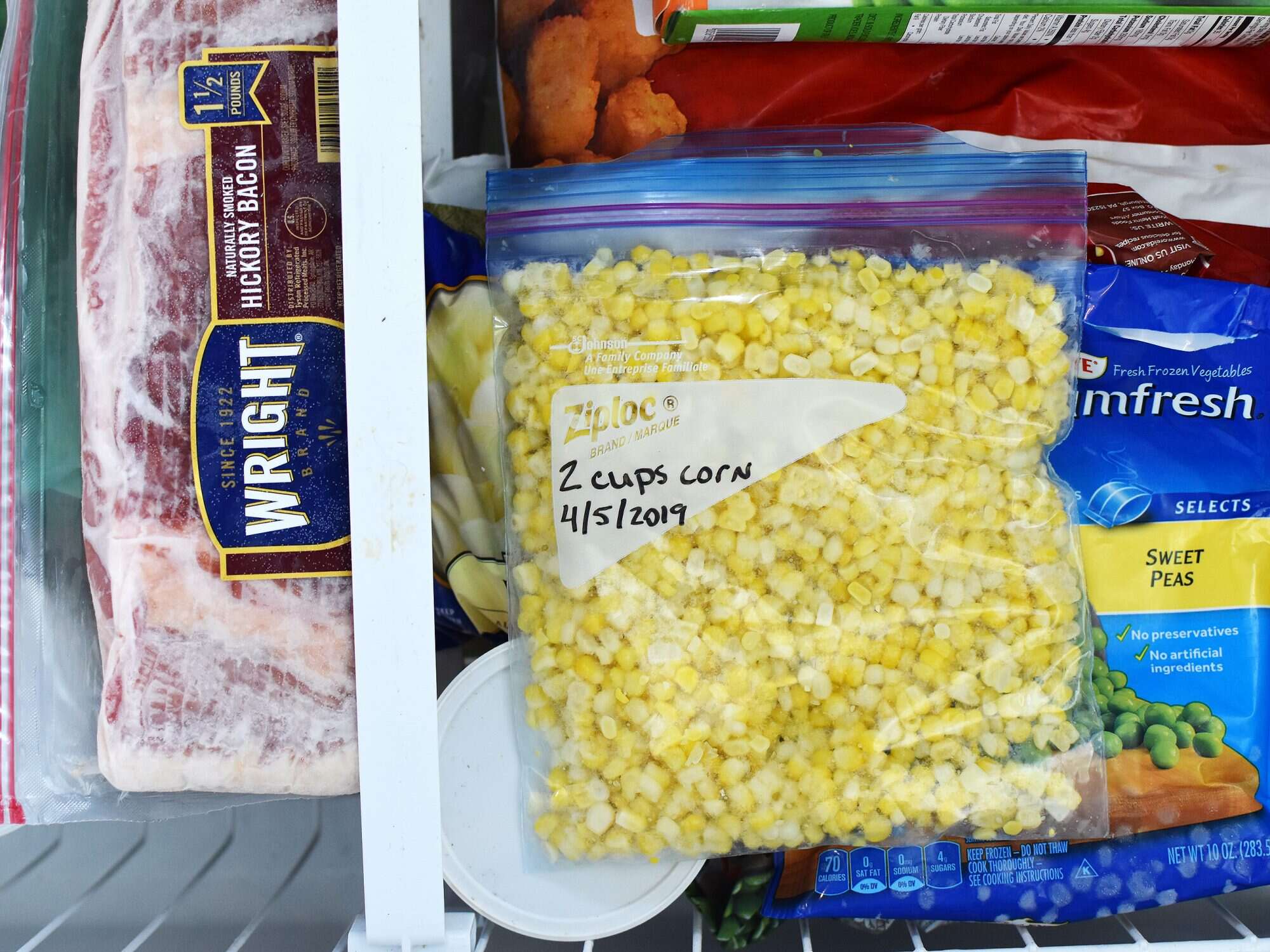
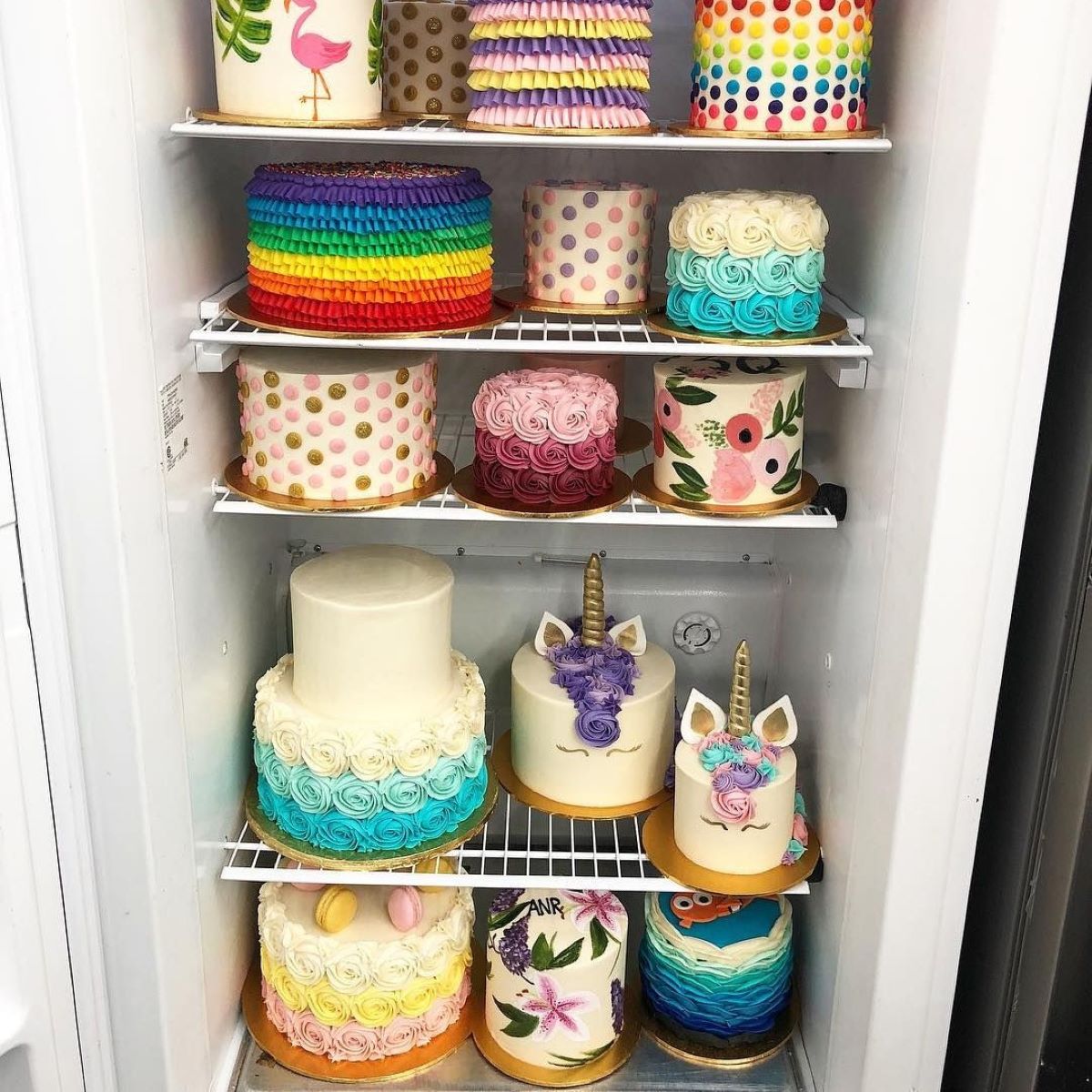
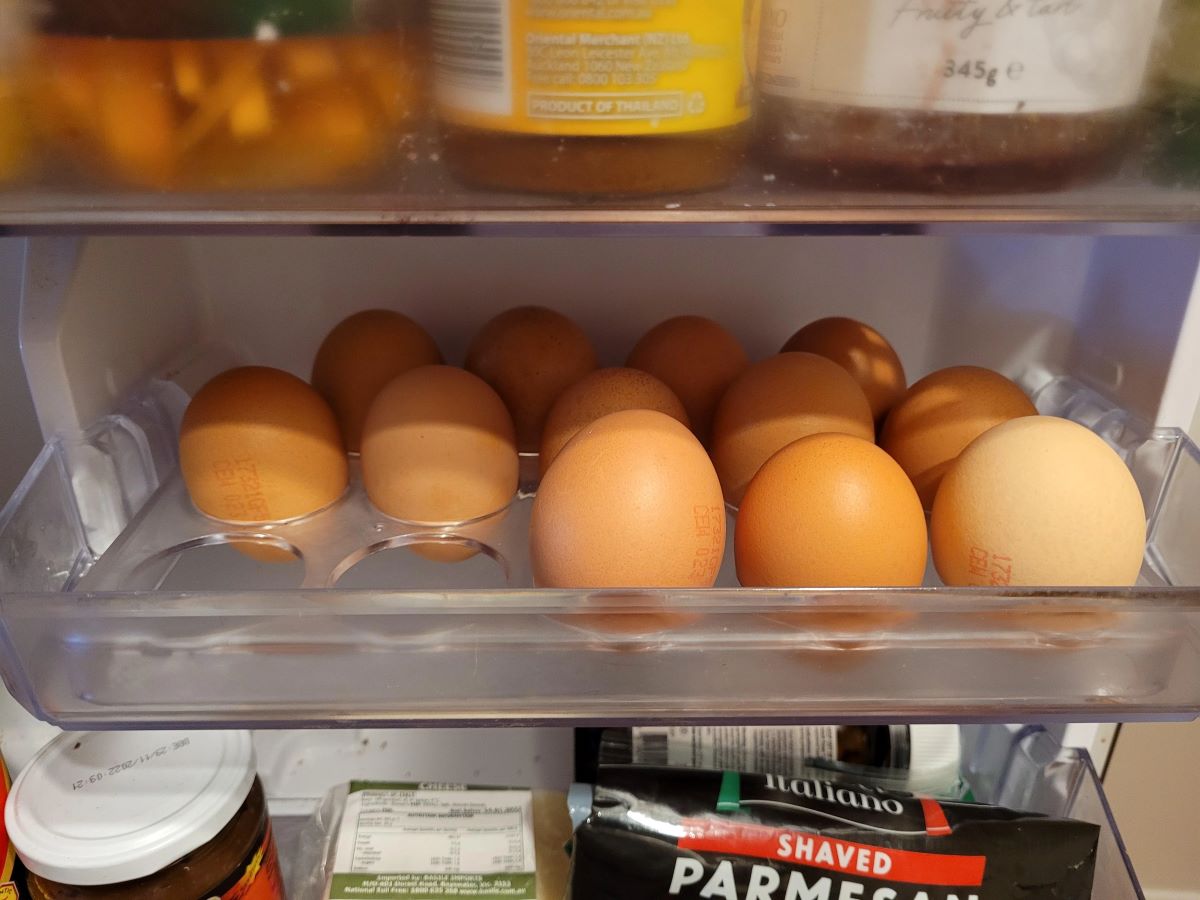
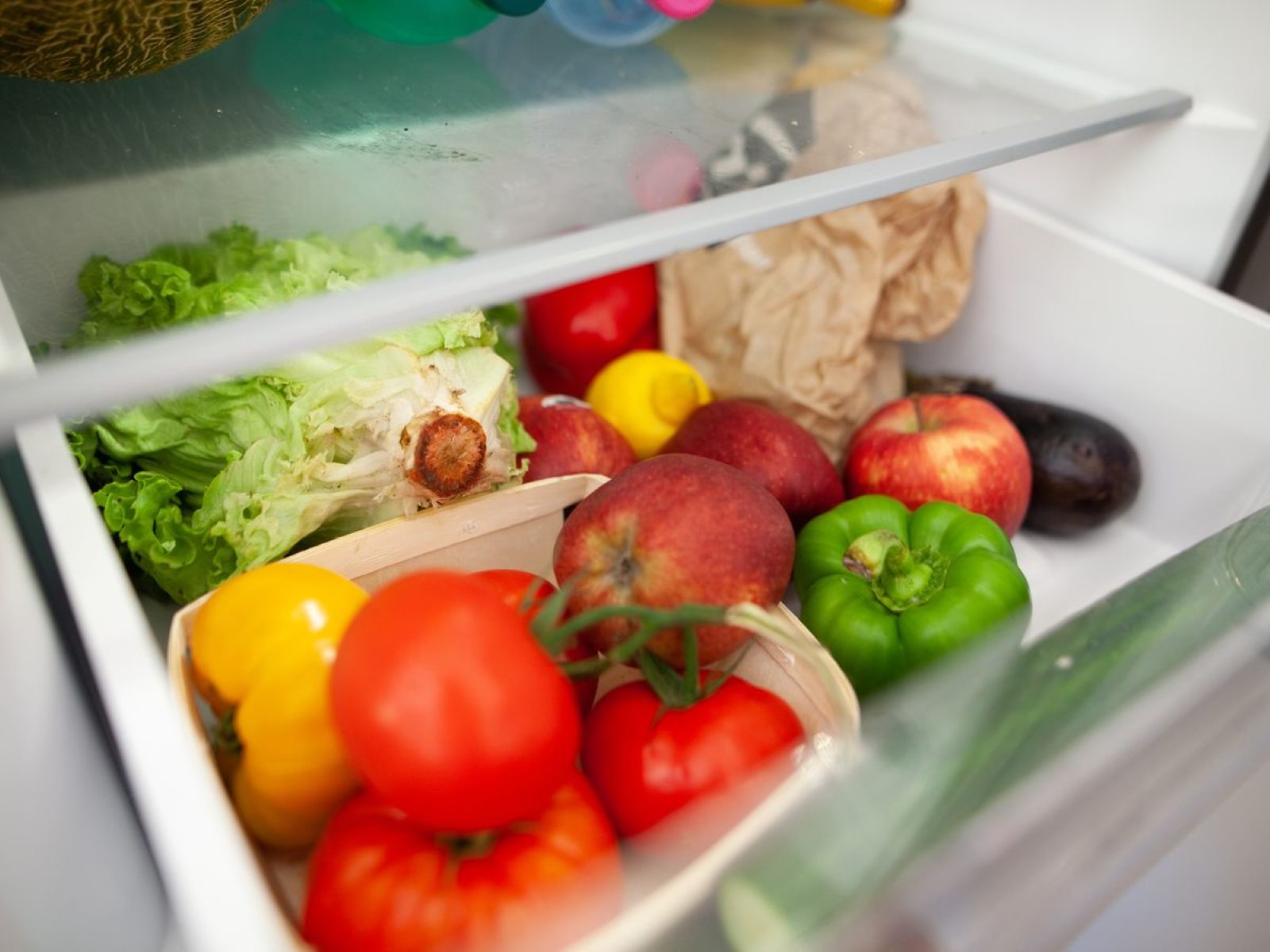
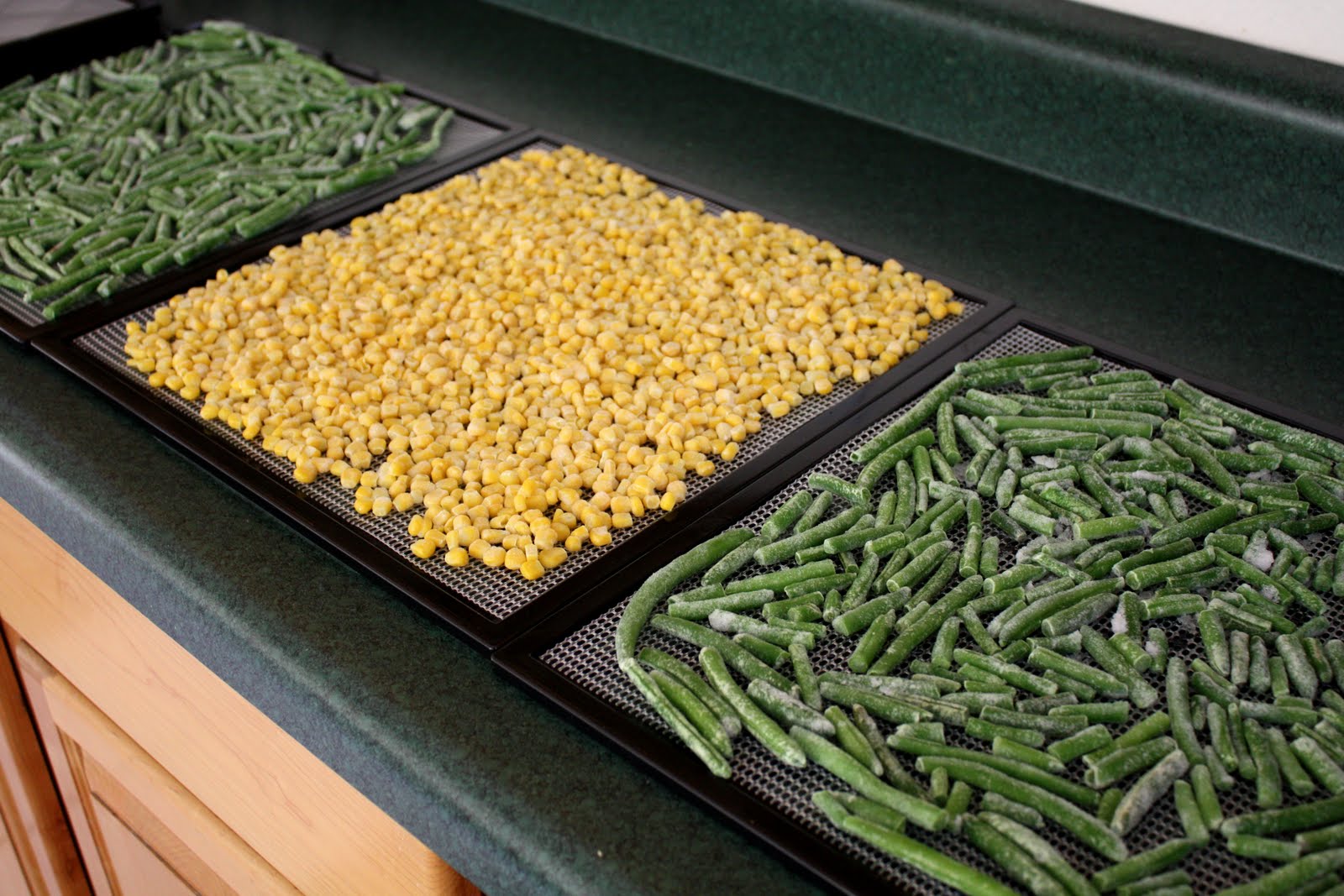
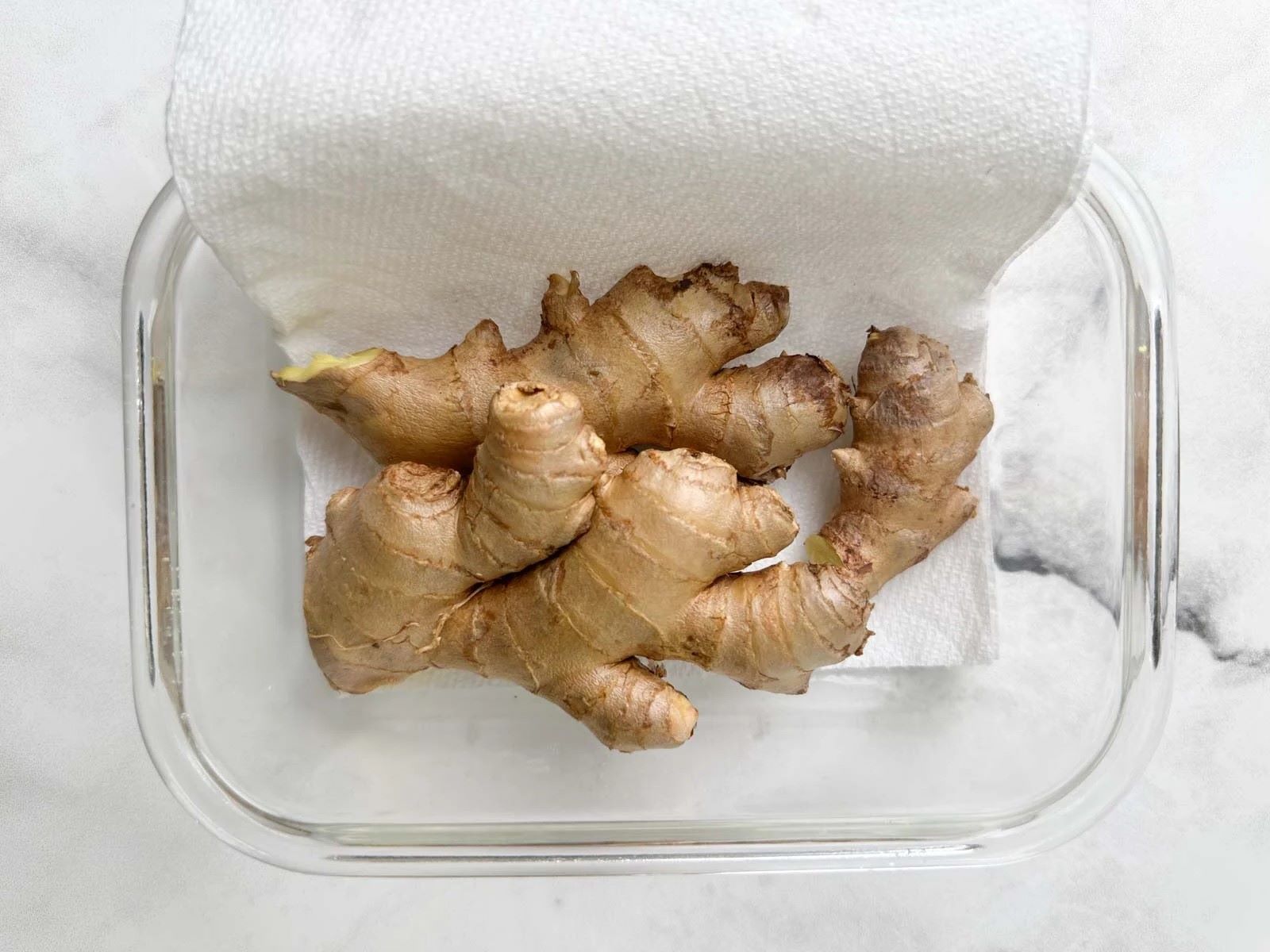

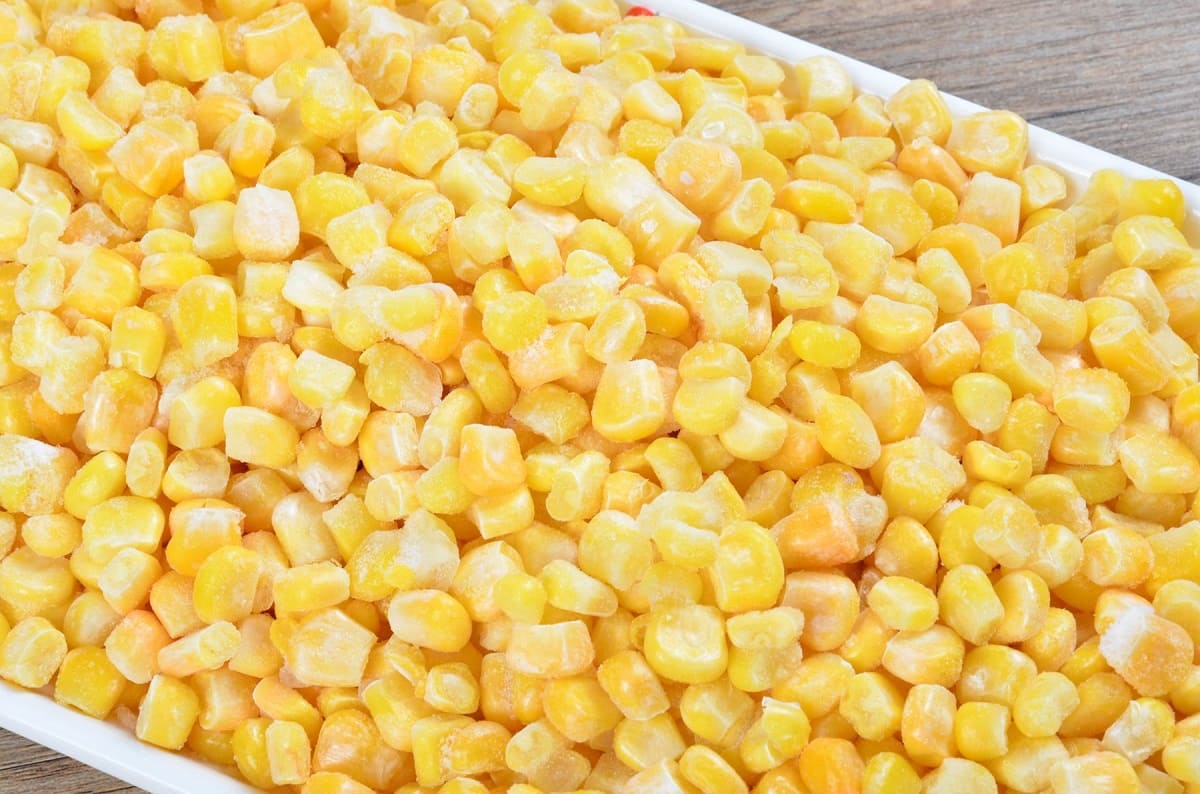
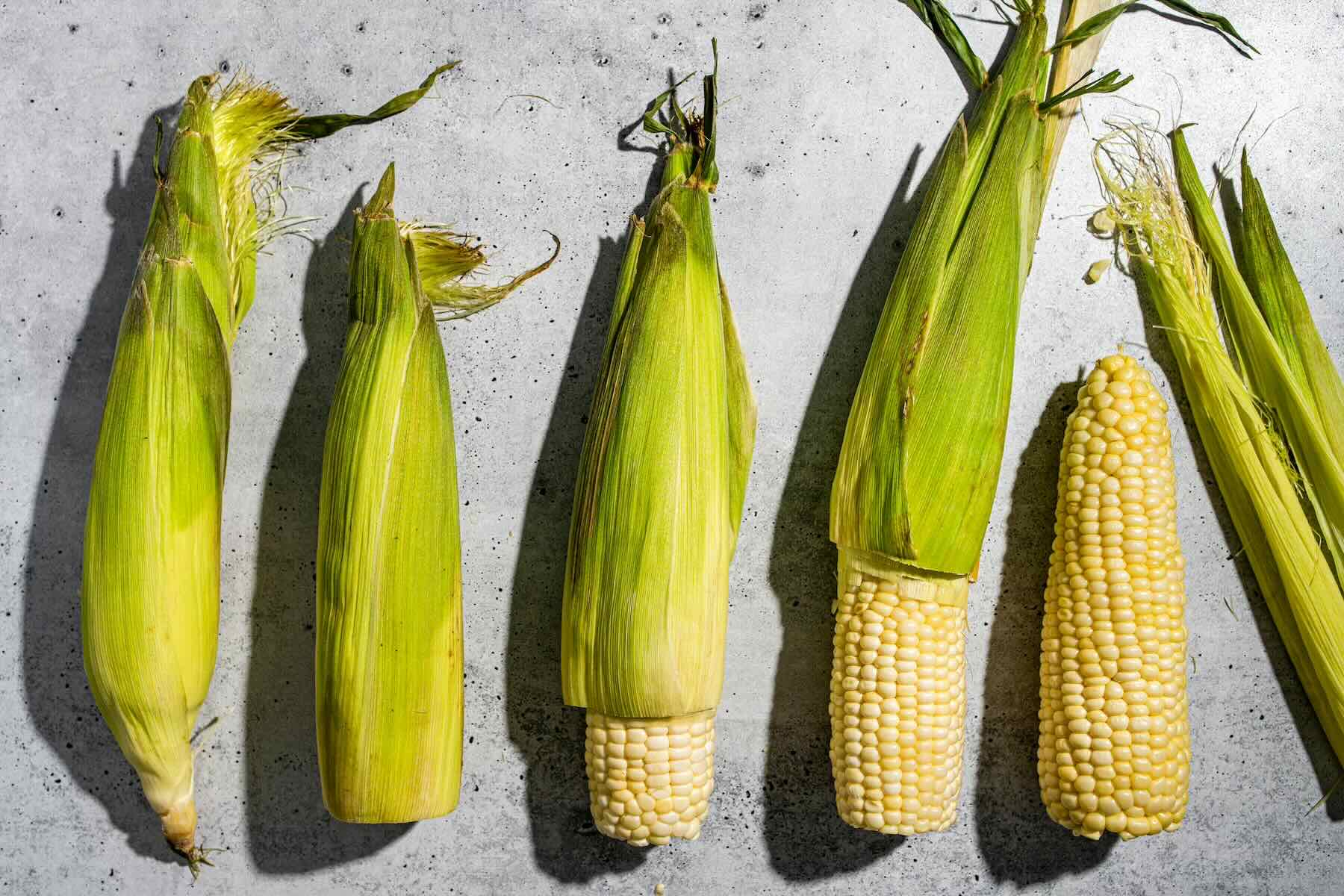

0 thoughts on “How To Store Sweet Corn Without Fridge”